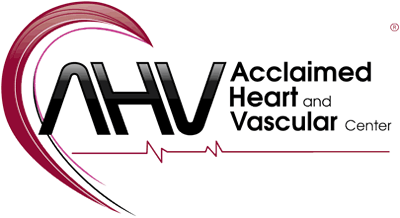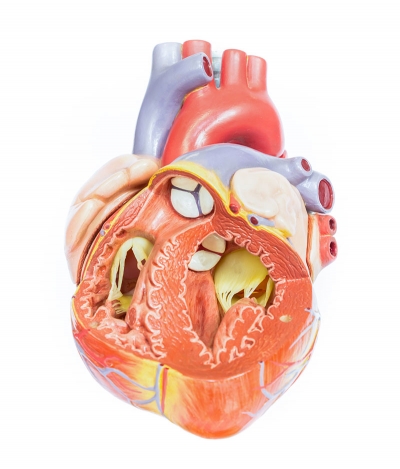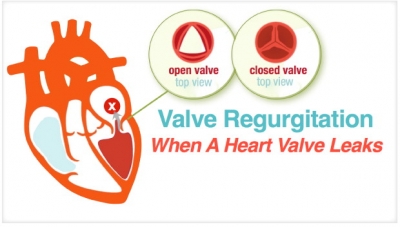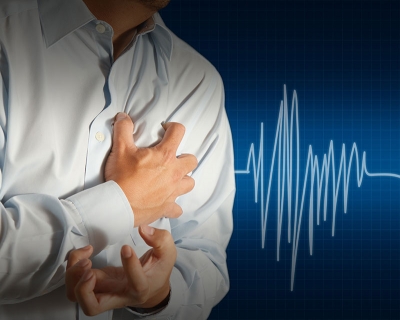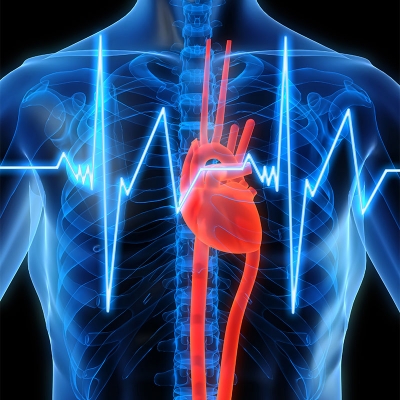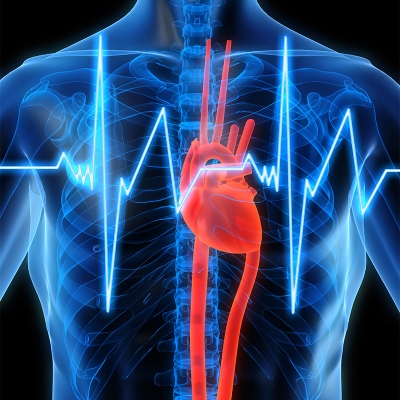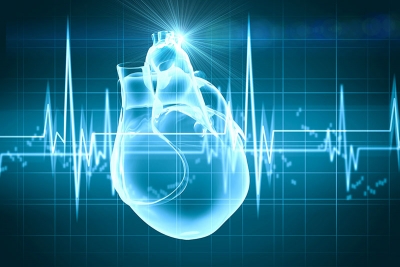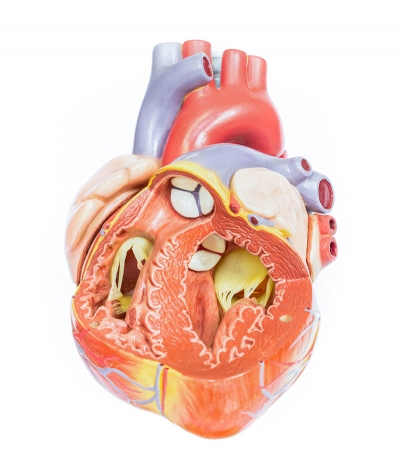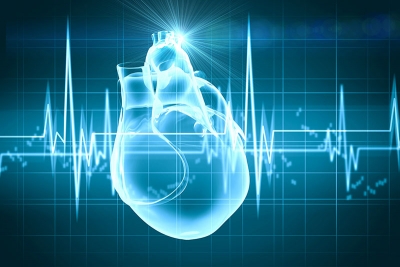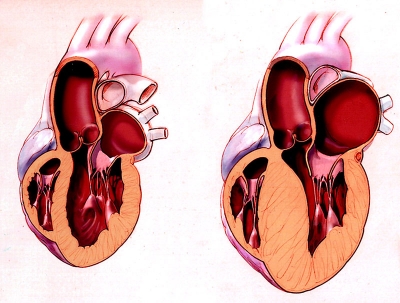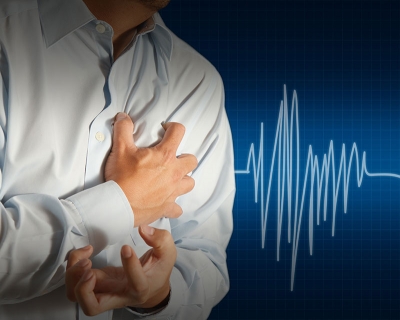Heart Disease
Dilated cardiomyopathy is a disease of the heart muscle, usually starting in your heart's main pumping chamber (left ventricle). The disease occurs when the heart's ability to pump blood is lessened because its left ventricle, is enlarged and weakened.
The ventricle stretches and thins (dilates) and can't pump blood as well as a healthy heart can. The term "cardiomyopathy" is a general term that refers to the abnormality of the heart muscle itself.
Aortic Valve Regurgitation, or Aortic Regurgitation, is a condition that occurs when your heart's aortic valve doesn't close tightly. It happens when there is leakage of the aortic valve each time the left ventricle relaxes.
A leaking (or regurgitant) aortic valve allows blood that was pumped out of your left ventricle to leak back into it.
You can have aortic regurgitation for a long time and not know it. It may take years for symptoms to start (chronic aortic valve regurgitation). In rare cases, the valve problem starts suddenly and without warning (aortic valve regurgitation). It requires medical help right away.
Commonly known as a heart attack, Myocardial Infarction, occurs when blood flow stops to a part of the heart causing damage to the heart muscle.
A heart attack happens when the flow of oxygen-rich blood to a section of heart muscle suddenly becomes blocked and the heart can’t get enough oxygen. If blood flow isn’t restored quickly, the section of heart muscle begins to die.
Heart attacks most often occur as a result of Coronary Artery Disease, a condition in which a waxy substance called plaque builds up inside the coronary arteries. These arteries supply oxygen-rich blood to your heart.
Cardiovascular disease is common in people with kidney disease (renal disease). In addition, underlying conditions that cause renal disease, such as high blood pressure and diabetes, put people at risk for cardiovascular disease.
Risk factors for developing heart disease include:
- Age - Aging increases your risk of damaged and narrowed arteries and weakened or thickened heart muscle.
- Sex - Men are generally at greater risk of heart disease. However, women's risk increases after menopause.
- Family history - A family history of heart disease increases your risk of coronary artery disease, especially if a parent developed it at an early age (before age 55 for a male relative, such as your brother or father, and 65 for a female relative, such as your mother or sister).
- Smoking - Nicotine constricts your blood vessels, and carbon monoxide can damage their inner lining, making them more susceptible to atherosclerosis. Heart attacks are more common in smokers than in nonsmokers.
An arrhythmia is any disorder of your heart rate or rhythm. It means that your heart beats too quickly, too slowly, or with an irregular pattern. Most arrhythmias result from problems in the electrical system of the heart. If your arrhythmia is serious, you may need a cardiac pacemaker or an implantable cardioverter defibrillator (ICD). They are devices that are implanted in your chest or abdomen.
A pacemaker helps control abnormal heart rhythms. It uses electrical pulses to prompt the heart to beat at a normal rate. It can speed up a slow heart rhythm (bradycardia), control a fast heart rhythm (tachycardia), and coordinate the chambers of the heart.
A Defibrillator, or Implantable Cardioverter Defibrillator (ICD), is a battery-powered device placed under the skin that keeps track of your heart rate. Thin wires connect the ICD to your heart. If an abnormal heart rhythm is detected the device will deliver an electric shock to restore a normal heartbeat if your heart is beating abnormally and much too fast.
ICDs are very useful in preventing sudden death in patients with known, sustained ventricular tachycardia or fibrillation. Studies have shown ICDs to have a role in preventing cardiac arrest in high-risk patients who haven't had, but are at risk for, life-threatening ventricular arrhythmias.
Pulmonary Valve Stenosis, also known as Pulmonic Stenosis, is a dynamic or fixed obstruction of flow from the right ventricle of the heart to the pulmonary artery. It is usually first diagnosed in childhood. It may occur in association with other congenital heart defects as part of more complicated syndromes.
Narrowing of the pulmonary valve is most often present at birth (congenital).
Heart murmurs are sounds during your heartbeat cycle — such as whooshing or swishing — made by turbulent blood in or near your heart.
Most you don’t need to worry about and don't require any treatment.
But there are exceptions. Murmurs can be linked to a damaged or overworked heart valve. Some people are born with valve problems (congenital heart disease). Others get them as a part of aging or from other heart problems.
Heart attack symptoms vary from person to person, and even from one heart attack to another. The important thing is to trust yourself. You know your body better than anyone. If something feels wrong, get emergency care right away.
According to the Society of Cardiovascular Patient Care1, early heart attack symptoms occur in 50 percent of all people who have heart attacks. If you’re aware of the early symptoms, you may be able get treatment quickly enough to prevent heart damage. Eighty-five percent of heart damage happens in the first two hours following a heart attack.
Hypertrophic Cardiomyopathy (HCM) occurs if heart muscle cells enlarge and cause the walls of the ventricles (usually the left ventricle) to thicken. The ventricle size often remains normal, but the thickening may block blood flow out of the ventricle. If this happens, the condition is called obstructive hypertrophic cardiomyopathy.
Hypertrophic cardiomyopathy often goes undiagnosed because many people with the disease have few, if any, symptoms and can lead normal lives with no significant problems. However, in a small number of people with HCM, the thickened heart muscle can cause shortness of breath, chest pain or problems in the heart's electrical system, resulting in life-threatening abnormal heart rhythms (arrhythmias).
This type of angina, or chest pain, may be a symptom of coronary microvascular disease (MVD). Coronary MVD is heart disease that affects the heart’s smallest coronary artery blood vessels.
Causes
Spasms within the walls of these very small arterial blood vessels causes reduced blood flow to the heart muscle leading to a type of chest pain referred to as microvascular angina.
